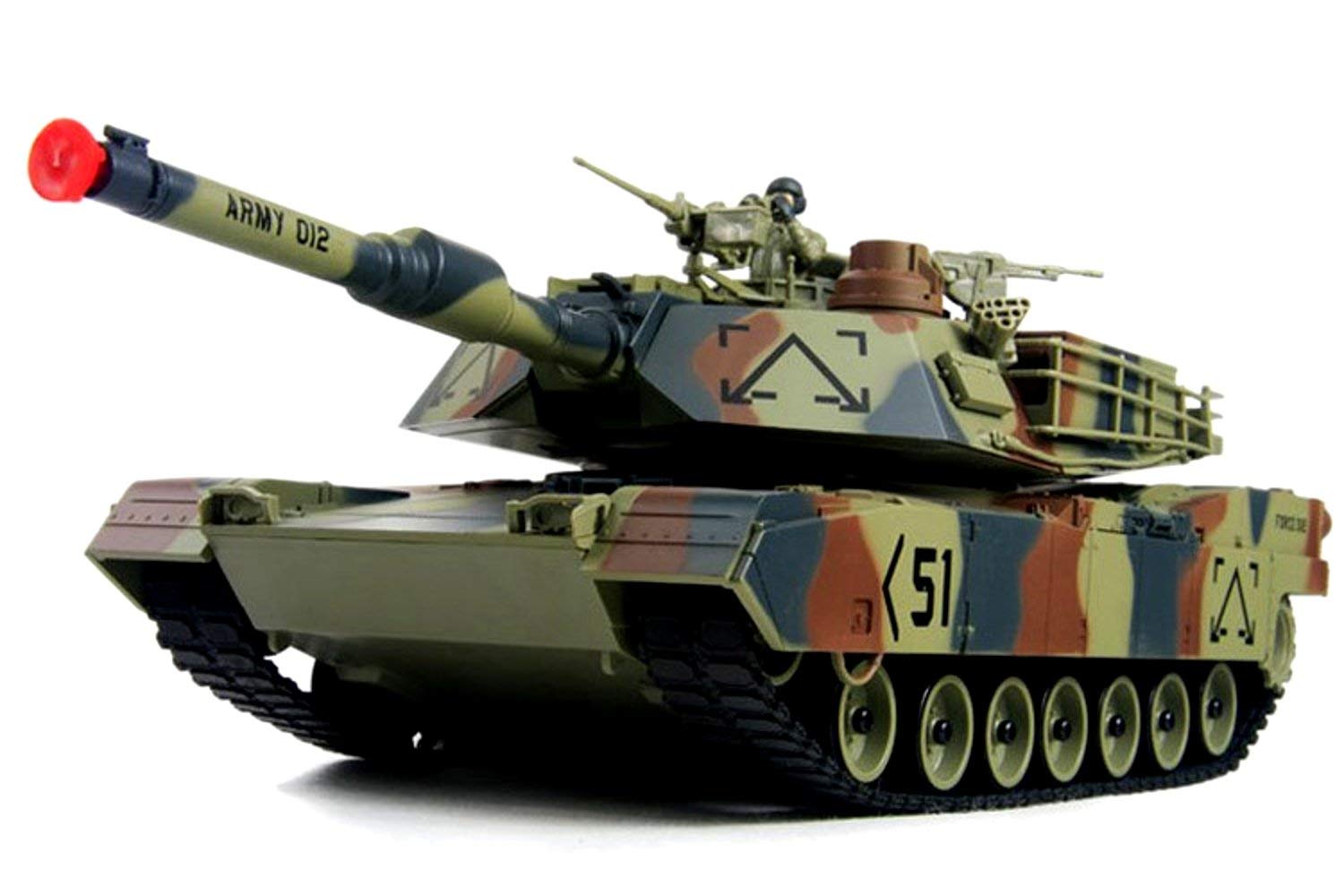What are The Main Military Functional Materials?
Functional materials refer to materials that transform energy from one form to another by the effects of sound, light, electricity, magnetism, heat, chemistry and biochemistry. There are many functional materials, such as photoelectric functional materials, hydrogen storage functional materials, damping materials, stealth materials, etc.
Photoelectric functional material
Photoelectric functional materials refer to the materials used in photoelectron technology, which can transmit and process information combining photoelectricity and are an important part of modern information technology. Photoelectric functional materials are widely used in the military industry. For example, cadmium telluride mercury and indium antimonide are important materials for infrared detectors; zinc sulfide, zinc selenide and gallium arsenide are mainly used to make windows, hoods, and fairings of infrared detection system for aircraft, missile and ground weapon equipment; magnesium fluoride has high transmittance, strong resistance to rain erosion and erosion, which is a good infrared transmission material.
Hydrogen storage functional materials
Due to the special lattice structure, hydrogen atoms of some transition cluster metals, alloys, and metal compounds are more likely to penetrate into the tetrahedron or octahedron space of the metal lattice and formed the metal hydride, which is called hydrogen storage material.
In the weapon industry, lead-acid batteries used by tank vehicles need to be changed frequently due to their low capacity and high self-discharge rate, which is very inconvenient for maintenance and handling. Discharge output power is easily affected by battery life, charging state and temperature. In cold weather, the starting speed of the tank vehicle will slow down or even fail to start, which will affect the combat capability of the tank. Hydrogen storage alloy accumulator has the advantages of high energy density, high resistance to overcharge, seismic resistance, good low-temperature performance and long life, and has a broad application prospect in the future development of main battle tank batteries.

Damping material
Damping refers to the phenomenon that a freely vibrating solid can change its mechanical properties into heat energy even if it is completely isolated from the outside world. The purpose of using high damping material is to reduce vibration and noise, so damping material is of great importance in military industry.
Stealth Materials
The development of modern attack weapons, especially the emergence of precision strike weapons, has greatly threatened the viability of weapons and equipment. It is no longer practical to rely solely on strengthening the defensive capabilities of weapons. The use of stealth technology can make the detection, guidance and reconnaissance systems of the enemy ineffective, so as to conceal themselves as much as possible and master the initiative of the battlefield.
The most effective means of stealth technology is to use stealth materials. The stealth materials include millimeter-wave structure absorbing materials, millimeter-wave rubber absorbing materials and multi-functional absorbing coatings, which can not only reduce the millimeter wave radar and the discovery of millimeter wave guidance system, tracking, and the probability of hit, and compatible with visible light and near infrared and far infrared thermal camouflage effect in disguise.









